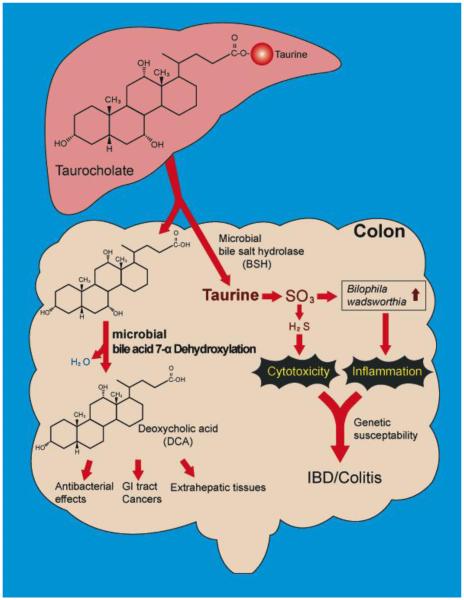Figure 3. Metabolism of bile salt, taurocholic acid, by gut microbiome.
Gut microbes in the ileum and large bowel deconjugate bile salts to free bile acids by bile salt hydrolase. Taurine, due to sulfite moiety, can provide pathobionts in the gut with a terminal electron acceptor, allowing for their growth and expansion in the gut [26]. High-fat diet is associated with increased taurine-conjugation in humans [28]. Free primary bile acids are further metabolized to toxic secondary bile acids that can accumulate in the bile acid pool in humans [see Figure 1] and alter host physiology.

